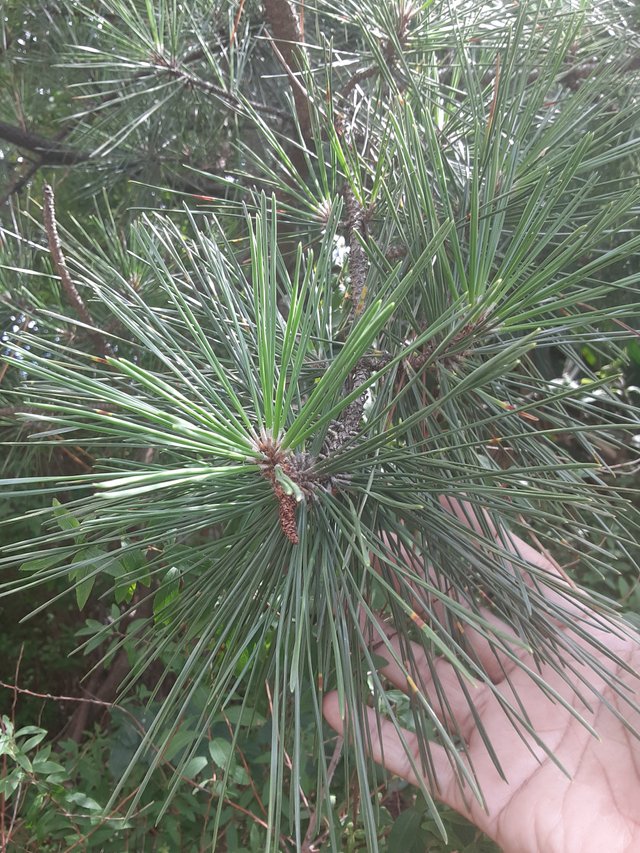
Pinus densiflora, commonly known as Japanese Red Pine, is a majestic conifer native to East Asia. Renowned for its graceful form and striking appearance, it has become a beloved ornamental tree in many parts of the world.
One of the most distinctive features of this pine is its foliage. The leaves, or needles, grow in pairs from short shoots. They are slender, soft to the touch, and typically a bluish-green color. Unlike some other pines, the needles of Pinus densiflora do not retain a sharp, prickly texture. Instead, they possess a gentle softness that contributes to the tree's overall elegance. These needles are arranged in clusters, creating a feathery effect that adds to the pine's aesthetic appeal.
The arrangement of the needles on the branches also contributes to the tree's distinctive look. They tend to be clustered towards the ends of the branches, creating a plume-like appearance. This characteristic, combined with the tree's often twisted and contorted trunk, gives Pinus densiflora a unique and picturesque silhouette. The needles remain on the tree for several years before falling off, ensuring year-round interest in the garden.
Beyond their aesthetic value, the needles of Pinus densiflora play a crucial role in the tree's survival. They are adapted to withstand harsh winter conditions and help to conserve water in drier climates.
Ref.:
 |  |
Upvoted! Thank you for supporting witness @jswit.
Downvoting a post can decrease pending rewards and make it less visible. Common reasons:
Submit